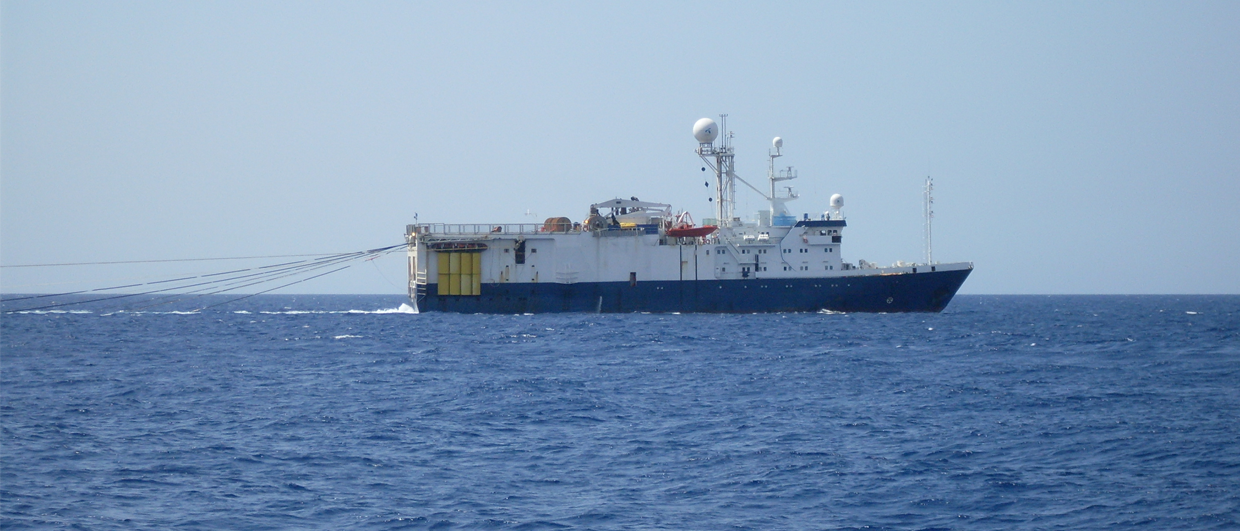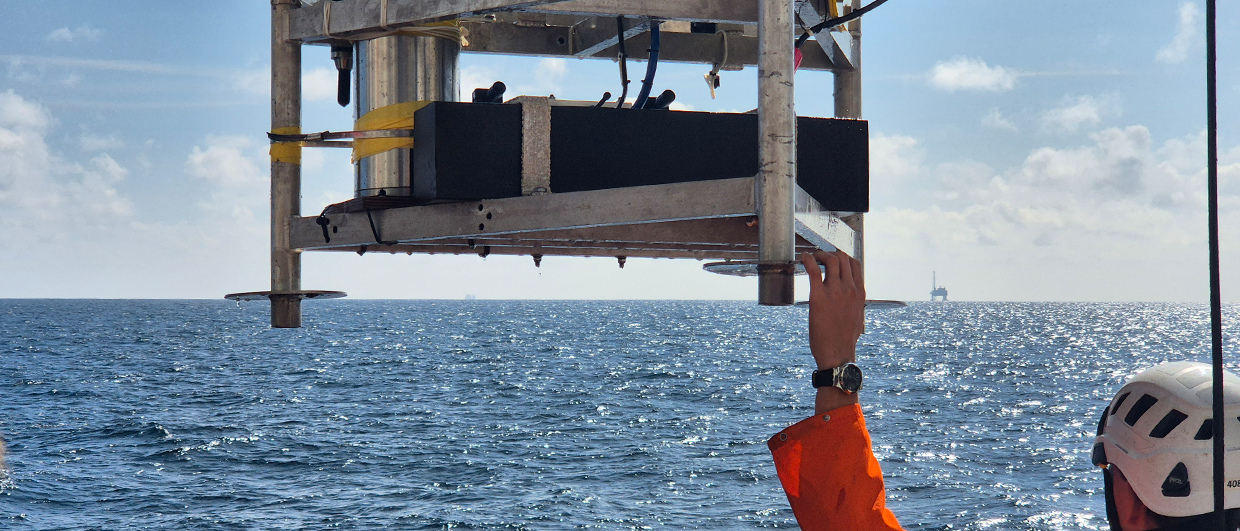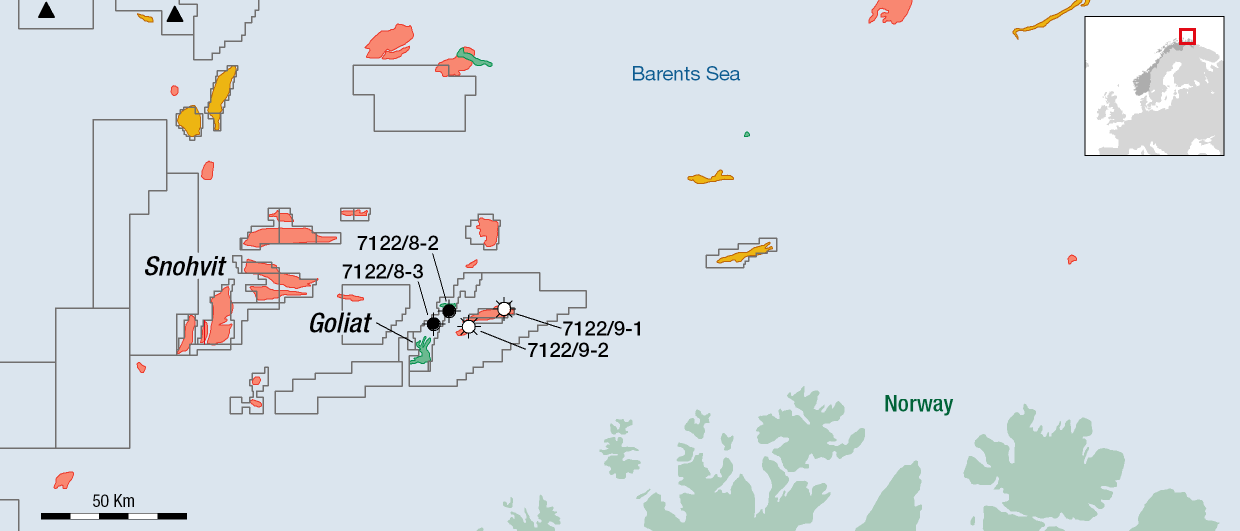What are the most important observations we can make from plotting the 2020 exploration wells spudded in the North Sea, Norwegian Sea and Barents Sea?
First of all, it is clear that Norway accounts for most of the wells drilled this year. Even though the number of actual spuds was lower than anticipated at the start of the year, it is still a remarkable difference when looking at the well numbers in the UK sector (4, without including side-tracks).
Denmark and Germany (as far as known) have not seen any exploration wells spudded this year, and it looks unlikely that this situation is going to reverse any time soon.

Barents Sea disappoints
With four exploration wells now being completed this year, the Barents Sea has failed to deliver. Lundin finalised 7221/4-1 (Polmak) last month and will possibly spud Bask in the next couple of weeks, so there are still changes for a discovery early next year though. Bask also aims at a different reservoir, with Paleocene sands being the main target.
There has been quite some debate around the use of CSEM data in the area, as companies like EMGS claim that wells such as Sandia (7321/8-2S) and Mist (7219/9/3) could have been discarded pre-drill based on CSEM data.
Norwegian Sea delivers
With five gas discoveries so far, the Norwegian Sea has continued to deliver good results, primarily in the lesser explored Cretaceous plays. The recently announced Warka well result (6507/4-1) by ConocoPhillips is probably the most sizeable one, with between 50 and 189 MMboe recoverable.
In some cases, such as Equinor’s Apollonia well (6407/1-8S), the main target proved dry (Middle Jurassic), but gas was proven in Upper Cretaceous sands instead. Whether or not this find will be commercial is a matter of linking up similar discoveries made in the same area in previous years.
The only oil find in the Norwegian Sea is the Fenja 6406/12-G-1H well, although it did not drill the Upper Jurassic reservoir it anticipated to drill. The field is located close to the Vingleia Fault Complex and experienced a complicated structural history combined with deposition of very local coarse-grained mass flow deposits.
Northern North Sea – pushing the boundaries
Wells drilled in the Northern North Sea form a mix of chasing classic Middle Jurassic plays such as 30/2-5S, and 34/7-E-4 AH, and wells going after more niche plays such as the Upper Jurassic turbiditic plays (Fjell, 34/7-37S).
The most notable success in the area this year is the Neptune-operated Dugong well, which proved 41 – 126 MMboe recoverable primarily in the Brent, but with upside in overlying Upper Jurassic reservoirs. Even though the Dugong main reservoir is classic Brent, the structural setting of a relay ramp between the Tampen Spur in the south (Snorre field) and the Marulk Basin in the north is far from standard.
In the UK, the Northern North Sea accounts for most of this year’s drilling activity, all initiated by Apache. The Middle Jurassic Gair prospect, close to the Beryl field, was targeted by 9/18a-43Z, but the absence of positive results suggests that the well disappointed.
The other wells drilled by Apache in Quadrant 9 all targeted Eocene injectites, and knowing that Solar (9/18e-42Z) was a discovery and that Gamma is now likely being targeted by another sidetrack (9/19b-29Z), this oil play seems to have delivered good results this year.
Central North Sea – silent – but watch Glengorm
It is interesting to observe that whilst it is often said that at least the UK Central North Sea has still got a lot to offer, not the least because of the variety of plays, it is the more apparent that no activity has really taken place this year. However, it must be said that CNOOC spudded a Glengorm appraisal well recently. This well would most likely have been classified as an exploration well in Norway, as it does seem to target another closure in the vicinity of the Glengorm find, so if we include this one the Central North Sea at least had one spud this year.
Also, if we include the Inner Moray Firth in the Central North Sea, there is another well to discuss; Finzean drilled by Total. Although the results were still being evaluated according to Mohamed Amine Soudani, North Sea Area Exploration Manager at Total, the most likely scenario seems to be a dry hole.
Southern North Sea – the Dutch sector keeps it moving
Although there is often talk about the Southern North Sea being over in terms of exploration, in fact when looking at the Dutch sector and knowing what happened this year, the result does not look too bad in the end. The UK sector again has been very silent, but there are wells being planned and with four exploration wells drilled in the Netherlands at least the map is not entirely empty.
With G18-02 also targeting gas, it is no surprise to see that gas wells dominated in this part of the North Sea, but a well to watch in that regard is F06-7. Although the target is not known yet, this well may be aiming at oil-prone Jurassic reservoirs as found in nearby fields.
In summary, it is apparent that exploration has taken a bad hit this year, with drilling impacted in different ways per country. However, there still is an appetite for finding new volumes and it is expected that next year, as oil prices continue to recover with a modest pace, the map presented above will be more crowded!
Have a good weekend,
HENK KOMBRINK





